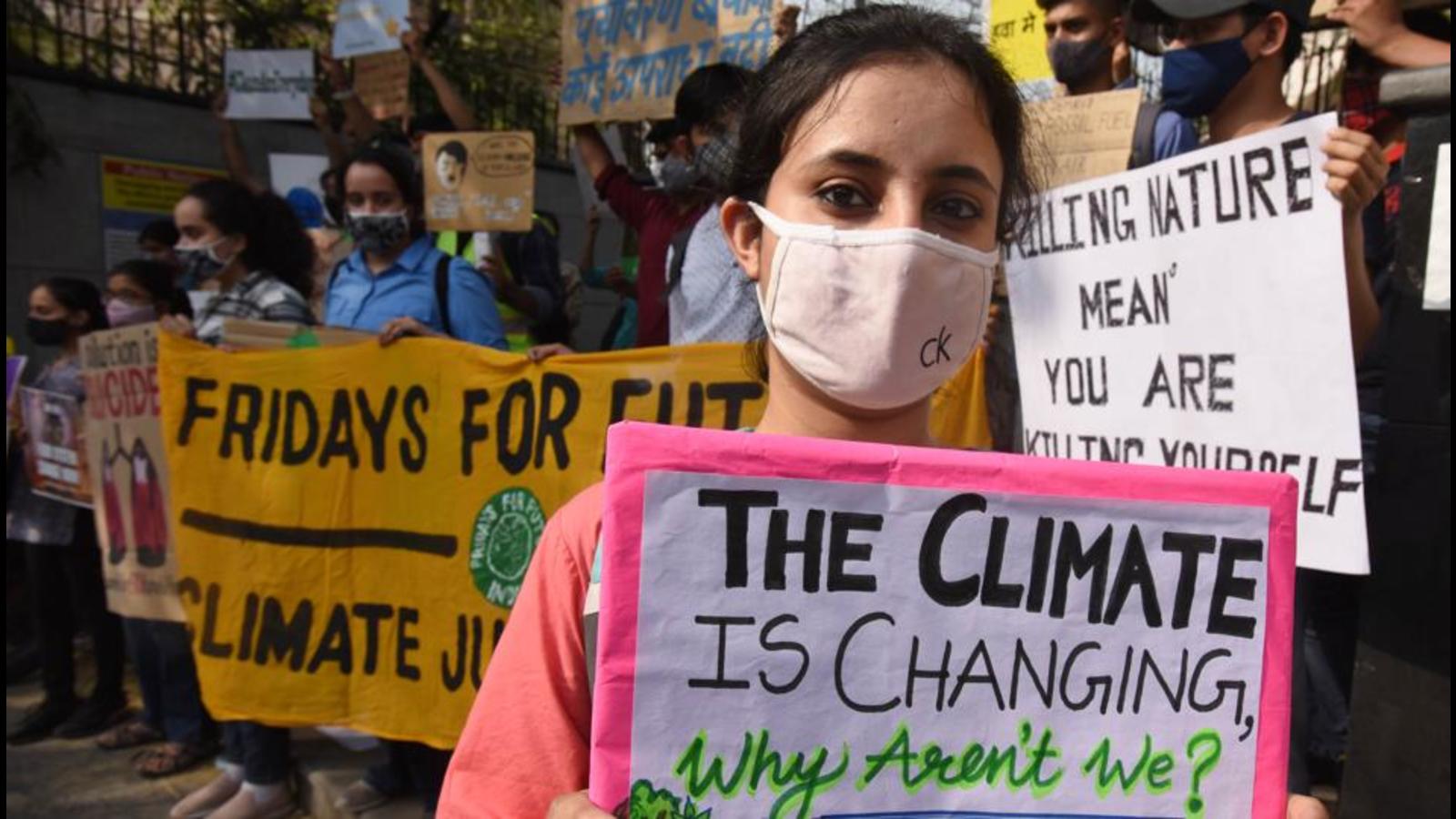11 Dec 2024

Tired Earth
By The Editorial Board

India has lost 90% of the area under its four biodiversity hotspots, with the Indo-Burma hotspot taking the worst hit, a report released by Centre for Science and Environment showed.
India has four biodiversity hotspots, including the Himalayas, the Western Ghats, the Indo-Burma region and the Sundaland, that hosts numerous endemic species. Around 24.46% of the country’s geographical area covered by forests and trees.
However, the report released by New Delhi-based public research and advocacy group said the extent of vegetation in the Indo-Burma hotspot has been reduced from 2,373,057 square kilometre to a mere 118,653 square kilometre, pegging a loss of 95%.
The report, titled State of India’s Environment in Figures 2021, shows at least 25 species have also gone extinct in these hotspots. The International Union for Conservation of Nature’s (IUCN) Red List monitors 1,212 animal species in India and have tagged 12% as endangered.
“There is drama in numbers, especially when these numbers give you a trend on things getting better or worse. It is even more powerful when you can use the trend to understand the crisis, the challenge and the opportunity,” CSE director general Sunita Narain said.
The CSE report points out that 16 states – including Odisha, Madhya Pradesh, Chhattisgarh and Uttarakhand – have witnessed a significant rise in number of forest fire alerts.
“India has seen a drastic rise in forest fires since the start of 2021. As of May 1, the number of fire alerts recorded by the Visible Infrared Imaging Radiometer Suite (VIIRS) is 433,581. This is quite a jump, even though the official forest fire season of the country is from February to June. Forest fires are influenced by temperature and rainfall in the preceding monsoon. The year 2016, the hottest on record when India’s annual temperature rose 0.71°C above the annual average of 25°C, saw 541,135 forest fires -- the most in a decade,” the report read.
“At a time when we are witnessing an alarming fall in the timber and non-timber forest produce services in Indian forests -- implying overuse of resources -- climatic cycles are combining with other factors to result in a dramatic rise in forest fire alerts. We must learn to connect the dots,” said Richard Mahapatra, the managing editor of Down To Earth magazine published by the CSE.
The report adds: “Rainfall during the 2015 monsoon was 765.8 mm, 14% less than the normal 880mm, as per the India Meteorological Department. In 2021, too, India sees unusually warm weather along with 8.7% surplus rainfall last monsoon that leaves adequate humidity for fires to spread.”
India experienced warmer than usual winter, monsoon and post-monsoon seasons in 2020, which was also the eighth warmest year on record, with 2016 being the warmest, followed by 2009 and 2017. The annual mean land surface air temperature for India in 2020 was 25.78°C, which was 0.29°C above the 1981-2010 period average.
Source : hindustantimes.com
Comment